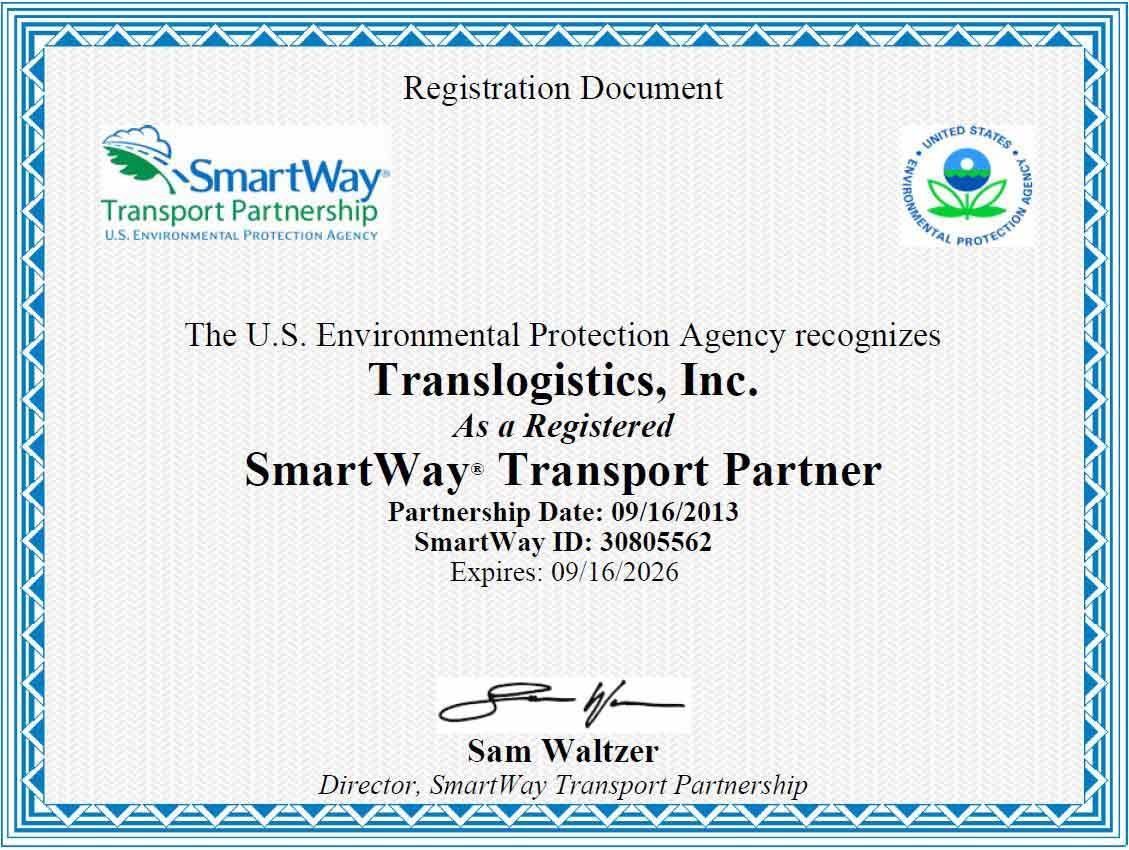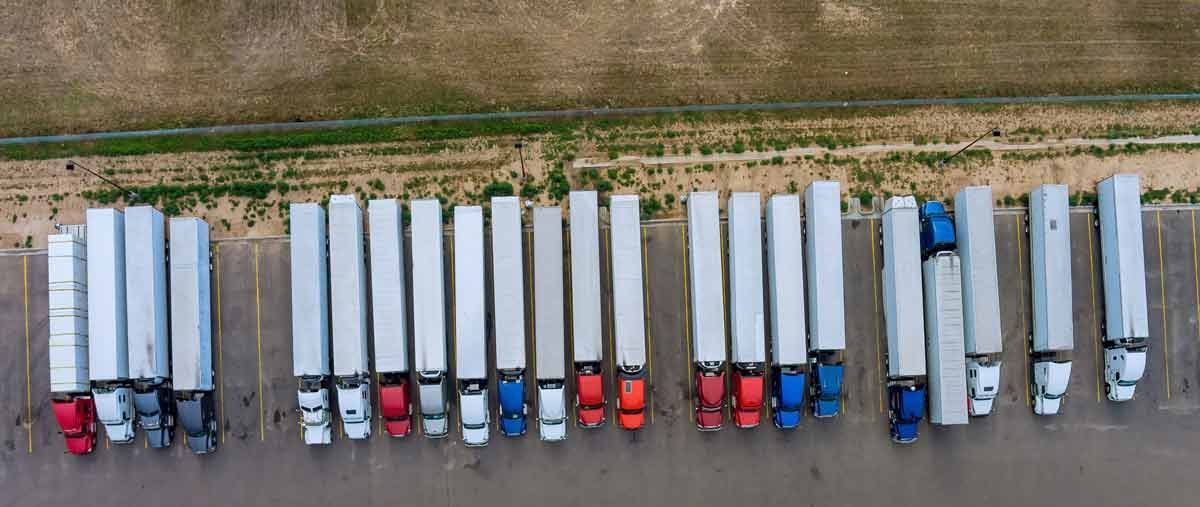Electronic Logging Devices (ELDs) Regulation
Understanding the ELD Regulations
The Federal Motor Carrier Safety Administration (FMCSA) and the Department of Transportation (DOT) have established regulations regarding the use of electronic logging devices (ELDs) in commercial motor vehicles (CMVs) in the United States. ELDs are a digital alternative to traditional paper logbooks and are designed to track a driver's duty status and record their hours of service (HOS).
When were ELDs Mandated?
The ELD mandate was implemented in December 2017, with the goal of improving safety on the nation's highways by reducing driver fatigue and ensuring compliance with HOS regulations. The mandate requires all CMV drivers subject to the HOS rules to use an ELD to record their HOS data.
FMCSA & DOT ELD Regulation:
The FMCSA and DOT regulations specify that the ELD must meet certain technical specifications and be certified by the manufacturer as compliant with the regulations. The device must be able to automatically record the driver's HOS, including their driving time, on-duty time, and off-duty time. The ELD must also be tamper-resistant and tamper-evident, with measures in place to prevent drivers from editing or deleting their HOS data.
The regulations also require drivers to certify the accuracy of their HOS records and require carriers to maintain the ELD records for at least six months. The ELD data must be readily available to authorized law enforcement officials upon request.
The Electronic Logging Device (ELD) mandate and the Hours of Service (HOS) rule are both regulations designed to improve the safety of commercial motor vehicle (CMV) operations on the nation's highways. However, while they are related, there are some key differences between the two.
The HOS rule regulates the maximum number of hours a CMV driver can be on duty and behind the wheel in a given day or week. The rule was put in place to address the issue of driver fatigue, which can lead to crashes and other safety issues on the road. The HOS rule specifies that a driver cannot drive more than 11 hours in a day, and cannot work more than 14 hours in a day without taking a 10-hour break. Additionally, drivers are required to take a 30-minute break after 8 hours of consecutive driving.
The ELD mandate, on the other hand, is a regulation that requires CMV drivers to use electronic devices to record their HOS data. The mandate requires all drivers subject to the HOS rules to use an ELD to record their hours of service. The ELD automatically records a driver's driving time, on-duty time, and off-duty time, and replaces the traditional paper logbook used to record this information.
Similarities between the HOS Rule & ELD Mandate
One similarity between the HOS rule and the ELD mandate is that they are both designed to improve safety by ensuring that drivers are not driving while fatigued. The ELD mandate helps to enforce the HOS rule by providing an accurate and tamper-proof record of a driver's HOS data, making it easier to ensure compliance with the rule.
Differences between the HOS Rule & ELD Mandate
However, there are some differences between the two regulations. The HOS rule regulates the number of hours a driver can work, while the ELD mandate regulates how that work is recorded. The ELD mandate does not change the HOS rule, but rather provides a more accurate and efficient way of enforcing it. Another difference is that the HOS rule has been in place for many years, while the ELD mandate is a more recent regulation. The HOS rule has undergone several revisions over the years, with the most recent revision taking effect in 2020. The ELD mandate, on the other hand, was implemented in December 2017.
Exemptions to the ELD Mandate
There are some exemptions to the ELD mandate, including drivers who operate under the short-haul exemption, which allows drivers to operate within a 150 air-mile radius of their work location and return to the same location within 14 hours. Drivers who use paper logs for not more than eight days during any 30-day period are also exempt from the ELD mandate.
The FMCSA and DOT regulations also specify penalties for non-compliance with the ELD mandate. Carriers and drivers who fail to comply with the ELD regulations may be subject to fines and other penalties, including being placed out of service.
Overall, the ELD mandate and associated regulations are designed to improve safety on the nation's highways by reducing driver fatigue and ensuring compliance with HOS regulations. By implementing ELDs, the FMCSA and DOT aim to improve safety for all road users and reduce the number of crashes caused by driver fatigue.
TLI Insights
Get the latest logistics insights and tips from TLI's award-winning team. Stay ahead in transportation planning.
Questions? Email us at marketing@shiptli.com



